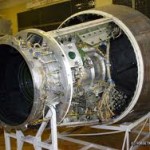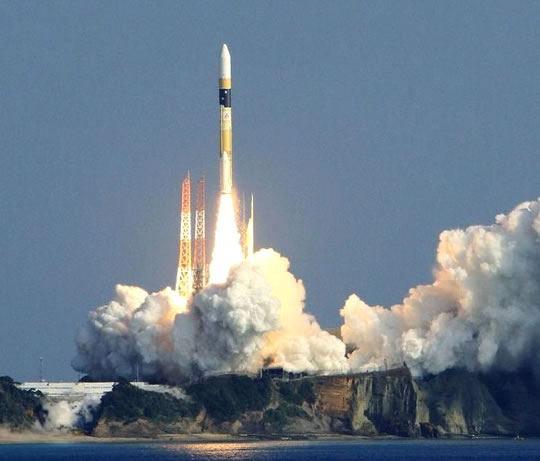
Friday May 18th was a busy day in the rapidly growing space-launch industry with three rockets, launched from three separate locations, placing six satellites into Earth orbit. In contrast to the global fanfare that followed the failed South Korean launch attempt, these flawless launches from Russia and Kazakhstan were hardly noticed by the world media.
The first to launch was a Russian Soyuz U lifting off from Russia’s Plesetsk Cosmodrome military spaceport. The rocket is reported to have placed a Yantar-4K2M (Kobalt-M) optical reconnaissance satellite into low-Earth orbit (LEO). The Kobalt-M is a classified military reconnaissance satellite equipped with enhanced optical imaging capabilities featuring a film-return capsule arrangement designed to physically return captured and recorded imagery back to Earth.
The second, following shortly after the Soyuz U launch, was a Japanese H-IIA/202 rocket lifting off from the Japan Aerospace Exploration Agency’s Tanegashima Space Center carrying four satellites into orbit, three of Japanese origin and one for South Korea. The H-IIA/202 carried aloft Japan’s Global Change Observation Mission – Water Satellite 1 (GCOM-W1), nicknamed “Shizuku” meaning “drop” or “tear drop” designed to monitor global patterns of water circulation and changes in climate patterns as part of the A-Train international collaborative program.
Hitching a ride with the GCOM-W1 were two smaller Japanese satellites, the SDS-4 and the Horyu-2. The SDS-4 (Small Demonstration Satellite-4) is part of a Japanese program developed to test new and emerging space technologies for future incorporation in operational satellites. The Horyu-2 was designed by students with Japan’s Kyusyu Institute of Technology to test an experimental high-voltage solar array.
The fourth satellite aboard the H-IIA/202 was South Korea’s Kompsat-3 (Korea Multi-Purpose Satellite-3). The Kompsat-3, also known as Arirang-3, is reported to be a lightweight Earth observation satellite equipped with an enhanced high-resolution optical sensor. The Kompsat-3 features a multispectral camera with a 0.7-meter maximum resolution purportedly designed to provide high-resolution electro-optical (EO) images in support of Geographical Information Systems (GIS) to include enhanced imagery for agricultural, environmental, and oceanographic monitoring purposes.
The last launch of the day was a Proton rocket lifting-off from a launch site at Baikonur, Kazakhstan. This launch placed the Nimig-6 communications satellite into a geosynchronous transfer orbit to deliver Ku-band direct-broadcast television service to Canada. The upper stage, Breeze-M, of this rocket requires a series of burns before final separation approximately nine hours after launch.
With its ambitious satellite launch on Friday, and the first instance of launching a foreign satellite, Japan has successfully achieved its goal of joining the global satellite-launch industry, a $4.3 billion business of immense promise.
Commercial satellite launches have increased dramatically in recent years and is now attracting a growing field of competent competitors looking to cash in on the promise of lucrative returns for those firms able and willing to provide this unique service at reasonably low cost. Considering the costs involved in reaching this goal and the costs yet to come, Japan’s ability to offer competitive pricing is a matter of significant concern when the cost of Japanese labor is factored in. For now, it certainly looks like Japan is in the crowded race for future business.

















